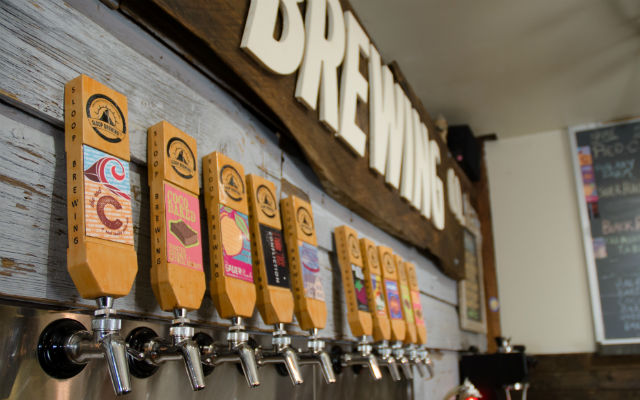
Time and time again while interviewing breweries for a multitude of stories, we have heard about how the business plan (be it a 3-year plan, 5-year plan, etc.) was blown up and redone a year or so after opening.
Why? There are so many variables and consumers, vendors, and even business hours can dictate changes that need to be made.
A few breweries responded to the question I sent out a few weeks back about their business plan: “What goals did you set out to have? Were they attainable or are you on pace to stay on course?”
What came back from many of the mid-sized breweries was expected. It’s all dependant on the market the brewery is in, what the original plan was and what actually happened in the first year.
“We are on track according to our business plan, sort of,” said Sloop Brewing co-founder and head of sales, Adam Watson about his brewery in Elizaville, New York. “Our business plan has changed several times to adjust for the changing market.” Watson noted that raw ingredient prices, utility prices and market trends attributed to those changes.
Aaron Hill, a co-founder of North Dakota’s Fargo Brewing said his brewery is close to expected production goals. The brewery launched in 2011 through contract, but a factor such as an explosive growth in neighboring Minnesota hurt yearly production goals in the original business plan. In 2013 the brewery launched its own facility to maintain projected growth.
“We’re close, but needed to expand faster than expected to get there,” Hill said. “Our overall plans/numbers are now looking less than we originally thought… Our original plans didn’t predict such explosive growth in new breweries.”
We here even at Brewer have made changes to how to handle content, be it in frequency or topics. I don’t think we are doing exactly what we set out to do, say three or four years ago. But that is expected. We have adapted to make sure we are serving the craft beer community in a different way than others.
Just as it is in a craft brewing world where there are now more than 5,000 breweries, hundreds of styles and millions of consumers, breweries try to find new ways to entice drinkers to pick them. Even though growth has slowed significantly, it’s still growth.
So what can breweries do? Continue to dream, build, tear up that first plan and go with the next. And do it with a smile. Or maybe a smirk. It’s never going to be a perfect plan, but at least it’s the plan that is needed at the time you need it.


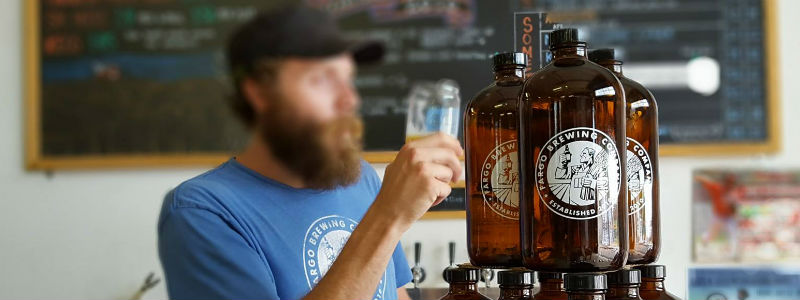

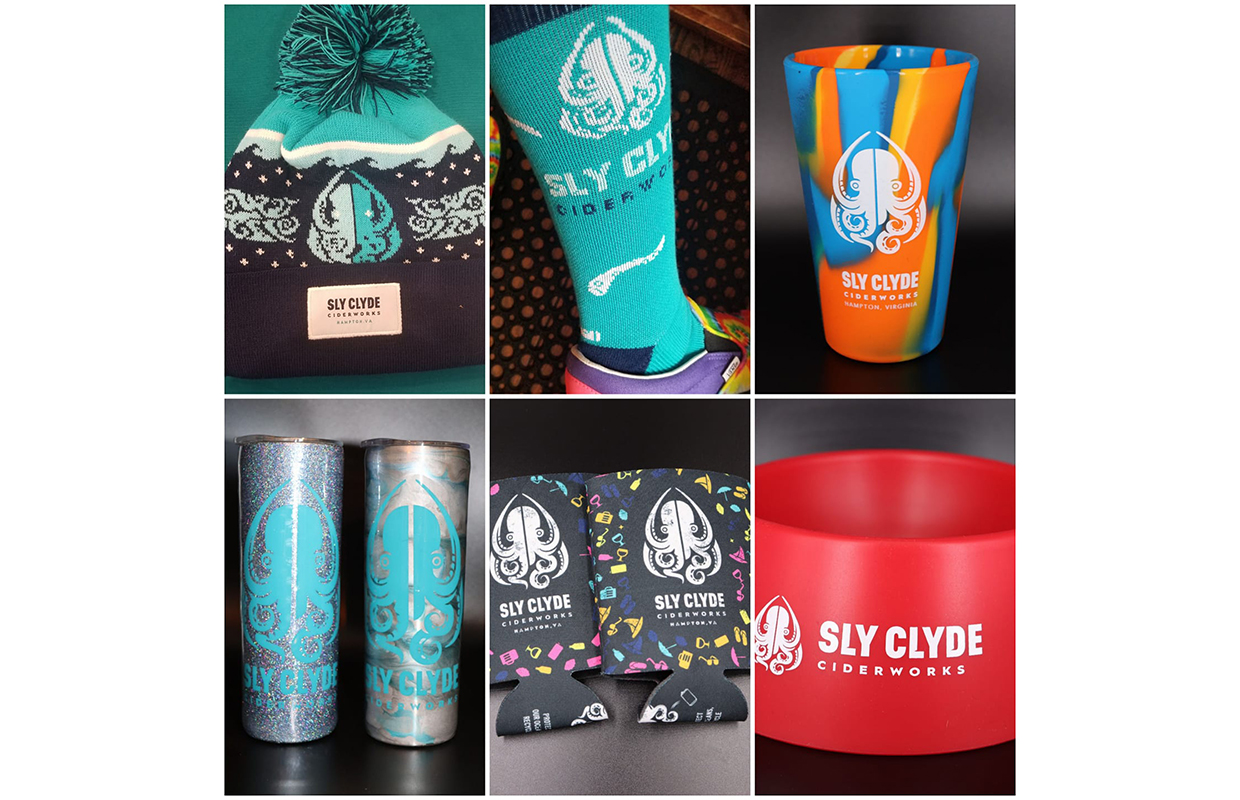
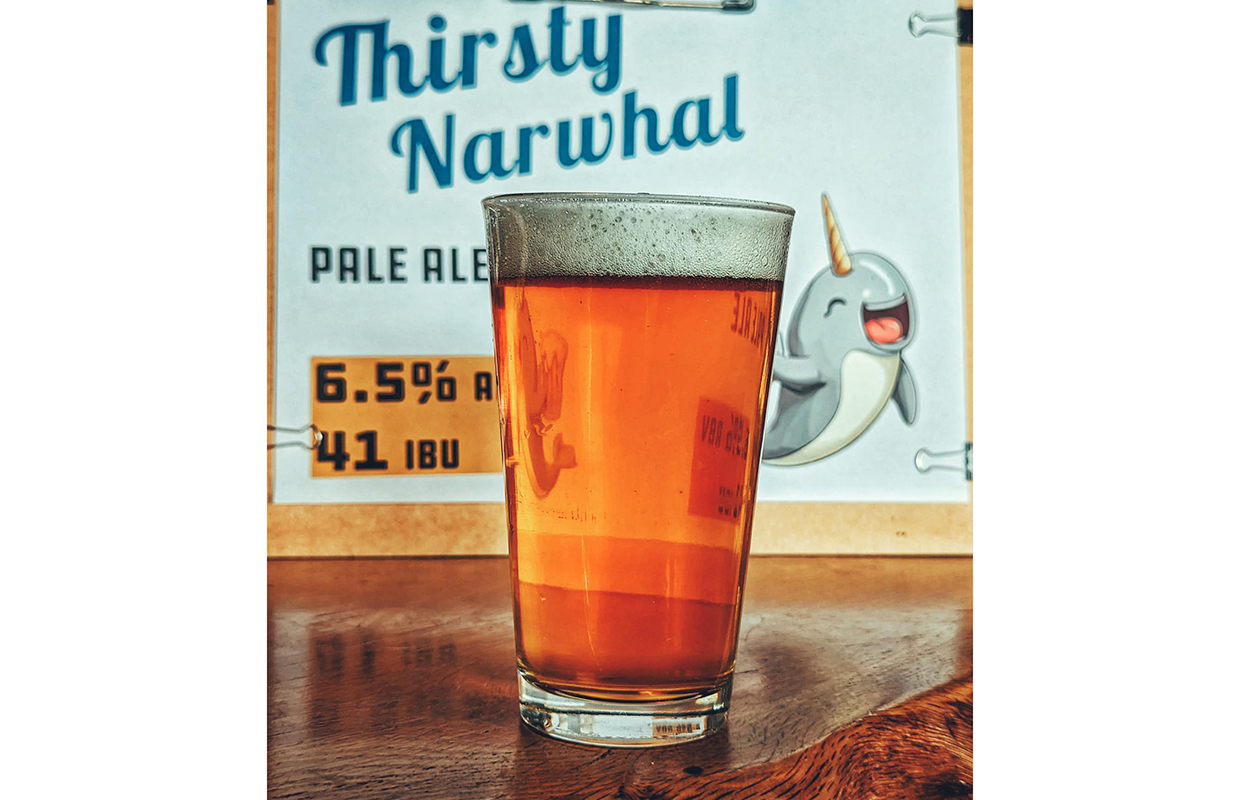
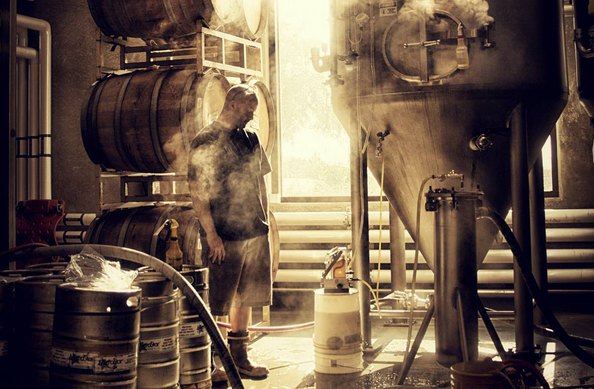
Be the first to comment